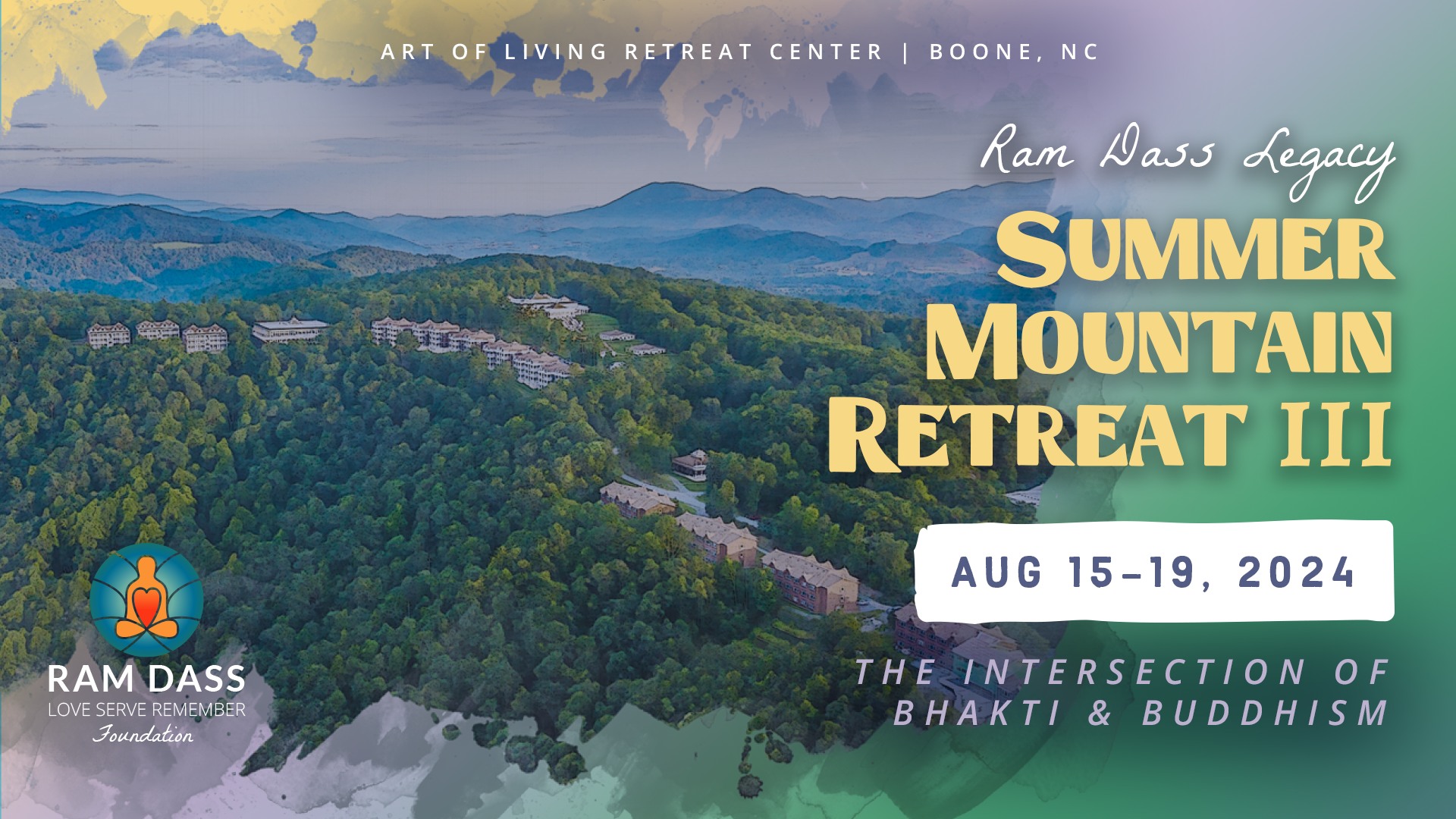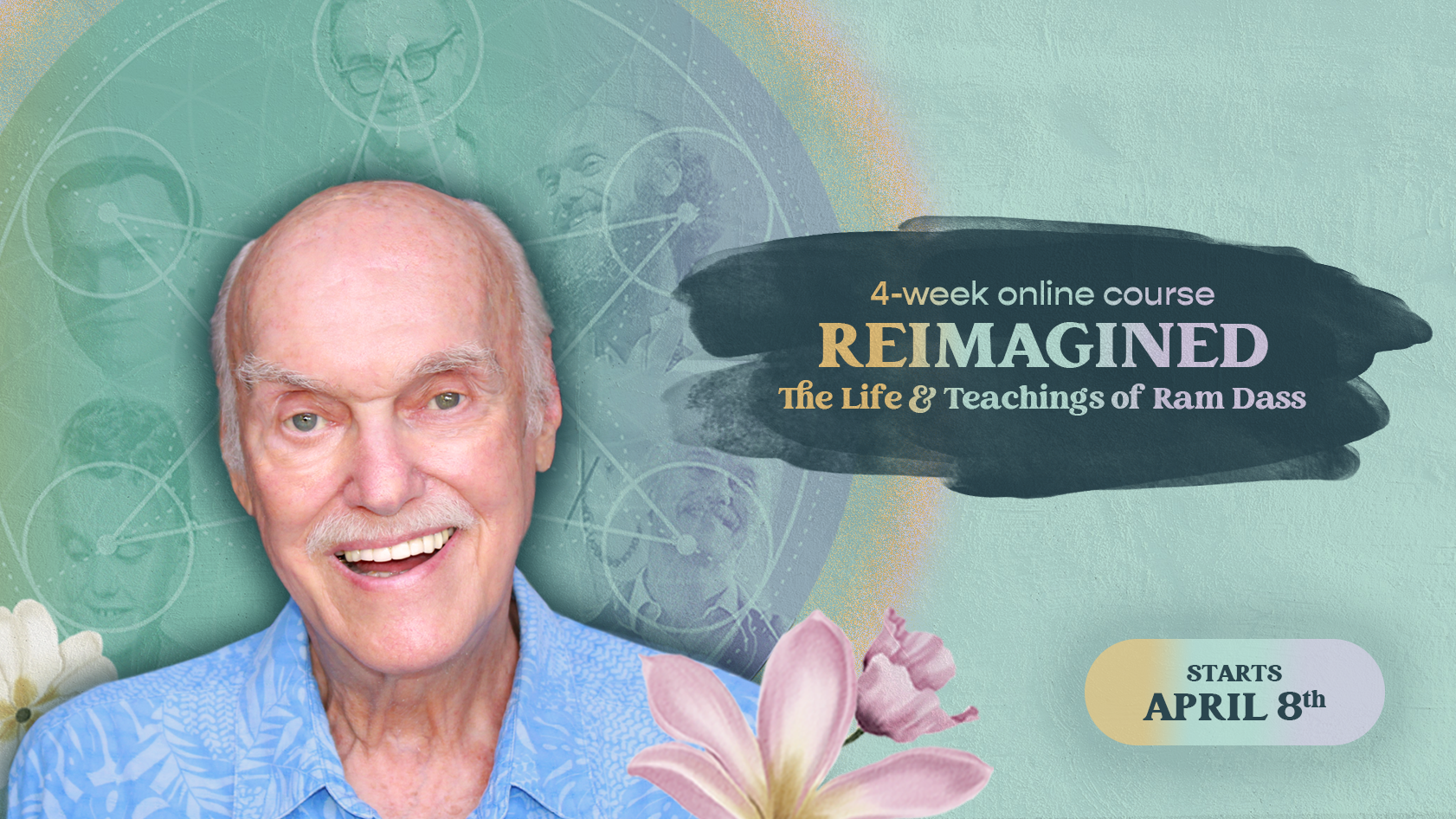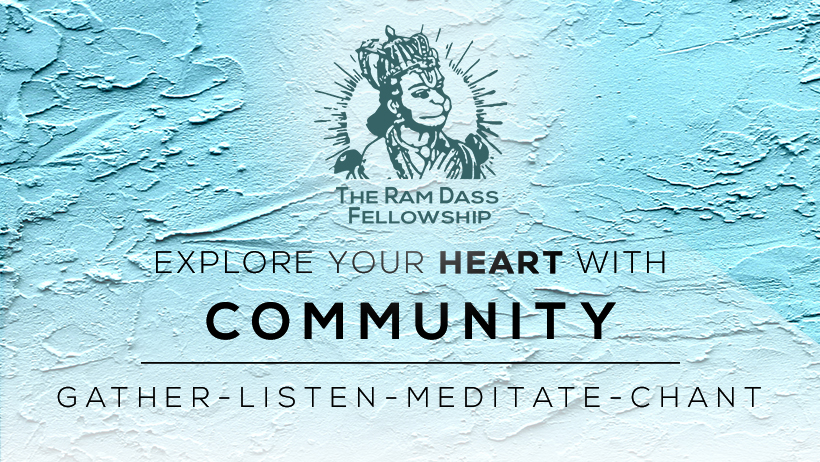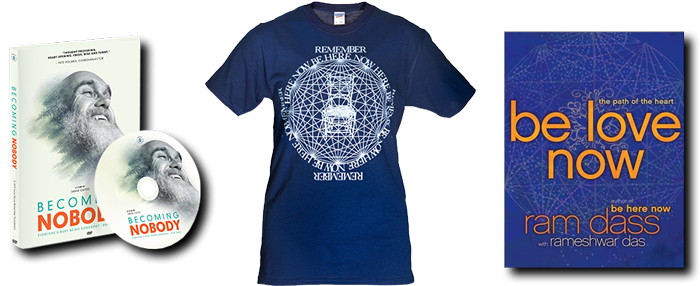From my viewpoint, what I can see, first of all, is that there is a need for institutions that are attempting to integrate Dharma transmission with good scholarship, art, sciences, humanities, the whole ball game.
Those things have been separated for so long that the real challenge is to bring them together.
There are places like California Institute of Integral Studies, and Naropa, which I think are doing interesting work. I think Naropa has come through a lot of changing circumstances and identity in the past years since I’ve known it. I think originally it was a way for Chögyam Trungpa to pass on and share his lineage, that’s what I saw it as. His lineage seemed to involve taking people who were very much Western, and through working with their ‘Western-ness,’ bring about a transformative experience, which is a tantric path, which I really honor. It’s a very risky and hard path to follow. This is all my perception.
You know, when he died, and when all the stuff went down, I felt Naropa was really constantly forced to reexamine its own statement of purpose, and it’s own identity, its own role. It seems to me, it struggles with the tension of wanting to honor a lineage and also wanting to respond to the culture, and how far you can go with one, without losing the other. That kind of thing, I honor people working with that tension.
I carried on an interesting dialogue recently with David Dryver, who’s a friend of mine and a speech writer in the White House, in which I asked him, “David, is there any space at all in the White House? Is there any quiet space? Is there anybody that doesn’t have lying power that is there to hold the vision, or to hold the space or to provide contemplative framework, to be an elder or something?” The answer was, “No.”
You can see that at the political helm are good people trying to do good work, yet the basic assumption that Naropa was built on, which is that a contemplative life is an active life, in which one brings to it wisdom, rather than just knowledge, and brings a kind of deeper resonance to one’s actions that are dharmic… that hasn’t crept in yet into other places – to other higher institutions.
It’s crept in only so far as they know something’s there, but they don’t know how to get hold of it or what to do, and the letters that I get from people in political camps are like they’re being written from foxholes in Vietnam. You know, when you’re ducking bullets and you haven’t been trained in contemplative stuff, it’s really hard to start your training at that moment.
It’s hard to start your training in the foxhole.
So I really see institutions like Naropa as institutions that are seeding into society a way of being with change and uncertainty and destabilizing forces that have the potential of not creating more suffering at those moments. It’s a group of people to potentially bring some equanimity, rather that more of the whole reactive fear, violence sequence that you can expect when you have a destabilization of social structures.
So I see this as a training pod in a larger scheme of training pods of people doing this.
-Ram Dass, 1994










